 |
| July 08, 2020 |
Dear Reader,
Social distancing may feel unnatural to people, but the practice is very much a part of the natural world. Animals have strategies to separate during an outbreak, even changing behaviors to stop the spread of diseases that could kill them. Our lead story, from the July issue of Scientific American, explains how lobsters, birds and some primates use quarantine to avoid infections. Also featured in today’s roundup of top news: vaccinations across the U.S. have plummeted during the coronavirus pandemic; American universities and institutions are taking steps to guard against science theft from other countries; and researchers are using drones and underwater robots to study how sharks interact with people. |
| | Sunya Bhutta, Senior Editor, Audience Engagement
@sunyaaa | |
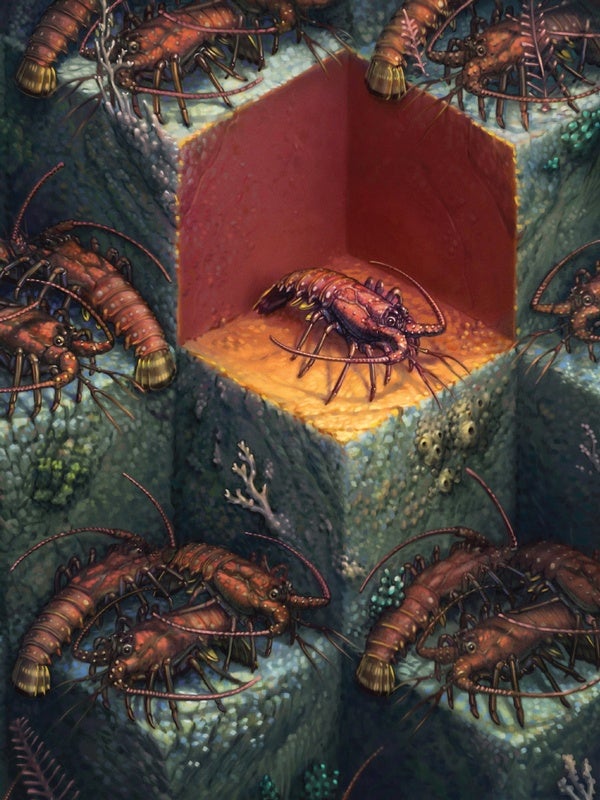 |
| |
| |
| |
| |
| |
| |
| |
| |
| |
| Cognition Bat Says Hi as It Hunts Velvety free-tailed bats produce sounds that help them locate insect prey but simultaneously identify them to their companions. |  | By Jason G. Goldman | 02:51 | | | |
FROM THE STORE
 | |
July 4th Flash Sale Celebrate July 4th with 25% savings on any subscription to Scientific American. Your purchase will support expert journalism. Use code JULY20 at checkout. |  | | |
| |
LATEST ISSUES
 |
| |
| Questions? Comments?  | |
| Download the Scientific American App |
| |
| |




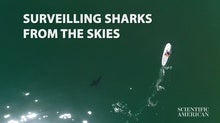
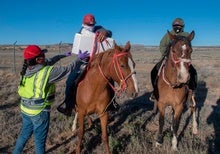
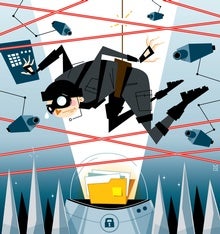
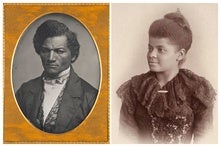

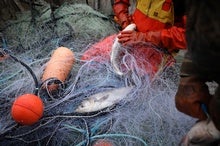

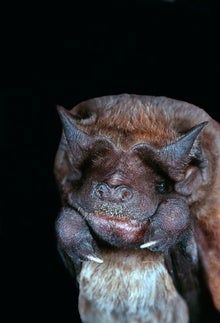
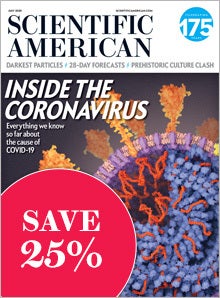

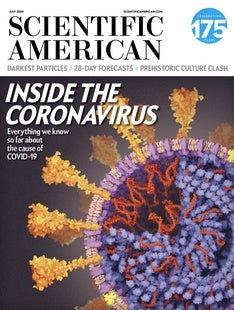

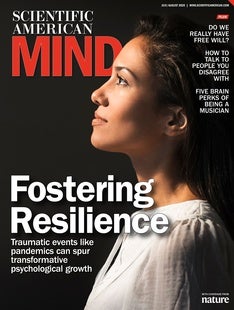

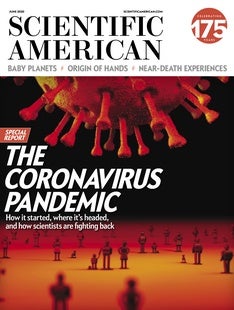



Comments
Post a Comment